In the world of premium performance cruisers powered by engines inspired from Harley‑Davidsons, it’s impossible not to think of Confederate Motors. The company burst onto the American V‑Twin scene in the 1990s with the introduction of its high‑end Hellcat performance cruiser. Founder Matt Chambers described his vision as “enlightened design through true American inspiration.”
About 500 Hellcats powered by Harley clone engines were built from 1996 to 2001 before the company entered bankruptcy proceedings. Upon a 2003 relaunch, Confederate brought on board high‑profile designer JT Nesbitt and debuted the sensational Wraith with a distinctive aluminum chassis and unique girder front end.
Nesbitt and Chambers collaborated on other Confederate models, but they eventually parted ways and later reunited to launch Curtiss Motorcycles, the company that’s now selling the incredible electrically powered Curtiss One. Meanwhile, Confederate Motors was sold to Ernest Lee, an enthusiastic Confederate customer, who has relaunched the brand as Combat Motors. – Ed.
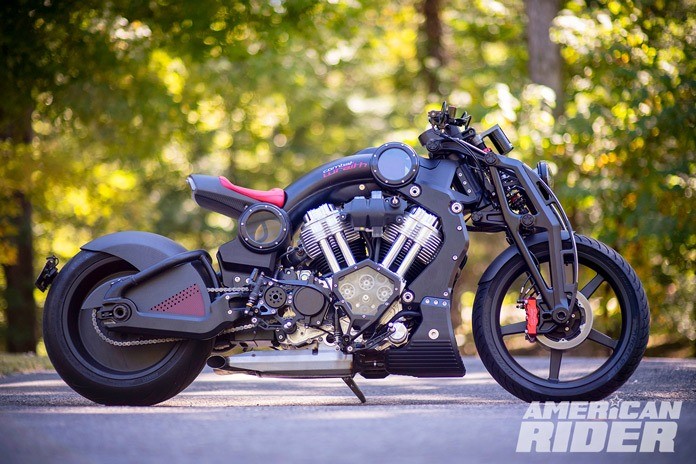
Confederate Motors created shock waves in 2018 when it rebranded itself as an all‑electric luxury bike maker, marking a significant shift away from its original Hellcat, Fighter, Bomber, and Wraith products of the past. Confederate had built a total of 1,300 outrageously unconventional high‑priced V‑Twin power cruisers, carving out a discerning clientele that included Hollywood A‑listers.
Meanwhile, Confederate Motors was reborn thanks to one of its most loyal customers, the multifaceted Ernest Lee, owner of a Hellcat G2 Speedster and a P51 Fighter. Lee ended up acquiring the entire Confederate package – the trademark and its intellectual property – and restarted manufacturing several models. Lee rebranded the company as Combat Motors to avoid the controversial connotations of the company’s previous moniker and as reference to his service in the U.S. Army.
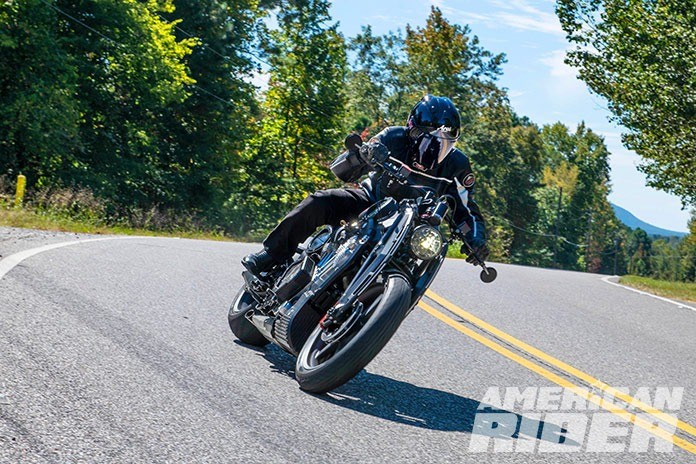
“Since I’m retired military and with bikes in our portfolio called the Fighter and the Bomber, renaming it Combat Motors really seemed to fit,” Lee explained. “Confederate became Combat at the end of 2019, and sales immediately picked up. We’ve sold over 40% more bikes year over year than we sold in 2019. We’ve discovered people are surprised to find that Confederate is still alive and well – just under a different name.”
The Wraith represented a new direction for American V‑Twin cruisers, both dynamically and visually. It handled and steered extremely well, with suspension giving good feedback and excellent ride quality by cruiser standards of the day. Customers enjoyed the thrill of owning and riding the most distinctive‑looking series production motorcycle in the world.

Fast‑forward to the present day, and we have the Gen 3 version of the Wraith in production but now under the Combat name. The Wraith remains an iconoclastic creation of the company’s free‑thinking former designer JT Nesbitt, who conceived it as a minimalist return to the roots of motorcycling’s evolution but using high‑tech materials and technology.
Find all of American Rider‘s motorcycle reviews here.
The Wraith I spent a day on while carving corners through the scenic Alabama hill country was powered by the air/oil‑cooled 132ci (2,163cc) triple‑camshaft S&S X‑Wedge OHV 56‑degree V‑Twin with a forged one‑piece crank. The crankcases are carved from 6061 aluminum billet and feature dedicated attachment points to suit the Wraith’s monocoque frame design, into which it’s solidly mounted as a load‑bearing chassis component.
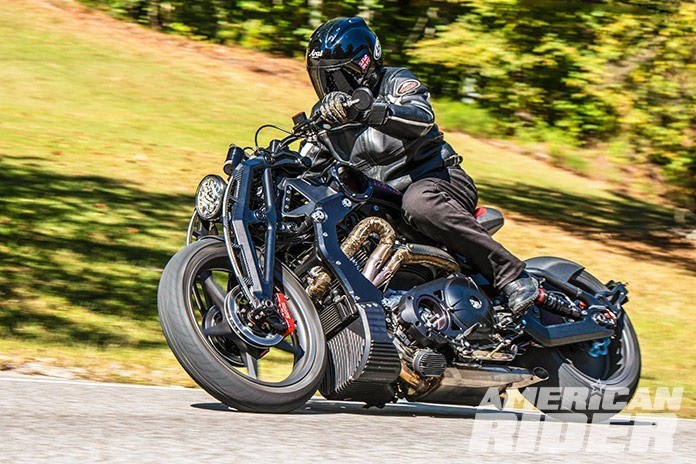
The motor is claimed to produce 111 hp at the Wraith’s rear wheel, peaking at 4,500 rpm. Its immense grunt of 143 lb‑ft at just 2,500 rpm is what really grabs your attention when twisting the throttle. This mechanical package also incorporates Combat’s stacked‑shaft 5‑speed gearbox in a housing bolted directly to the back of the X‑Wedge motor to create a unit‑construction entity.

For the full story and ride report on the Combat Wraith, please become a subscriber to American Rider so you can view our back issues! Just $14.99 a year! Click here to subscribe.







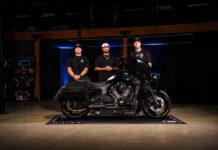
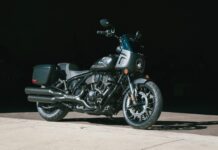









I personally know the current lead designer of Combat, and his design method is why it is “finally done right.” Andrew Reuther deserves all the credit for the newer versions of these bikes. Interview him next, and you’ll see why.
So glad to see this crew keep these baller bikes alive and in production. Far out of my price range but I admire the tech they are bringing to bear and the truly unique form factor. Jason Reddick is a genius builder and kudos to Lee for stepping up and taking a huge gamble on the company. Looks like it’s paying off.